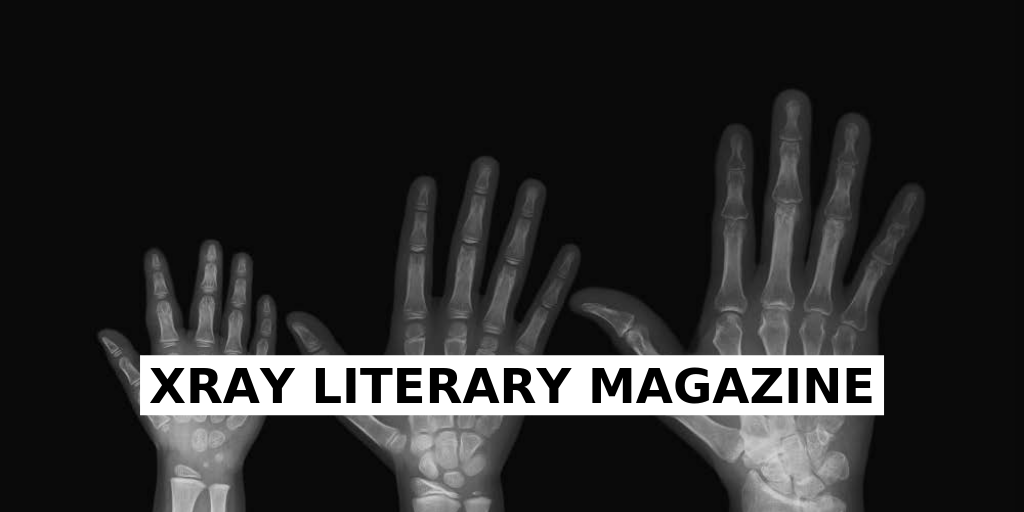We took the kids on a tour of Iceland for winter break last year. It was Carrie’s first year of college, Tad’s third, and I wanted to do something as a family while we still could.
The sun didn’t rise the whole time we were there but everybody seemed to be having a good time. The kindergarten class leaving the National Museum as we were going in, for instance. The children had big bags of candy and were laughing so hard they couldn’t stand it. As soon as they’d start settling down one of them would say something that sounded to me like “Rootie Tootie” and they’d laugh more, harder.
“They came to see the Yule Lads,” Gurri, the tour guide said. She’d told us about the Yule Lads before. Icelandic Christmas trolls. Back in the day, they were real bastards, stole the bread from the mouths of widows and orphans. Now they put apples and little toys into children’s shoes. “The Yule Lads tell them stories and sing songs and then they all dance around the tree.”
“Roocha choocha,” a little girl in a pink snowsuit called out. “Toocha poocha.”
The children screamed with laughter, their teachers too.
The Yule Lads had left the building, Gurri told us when we said we wanted to see them, but she was sure we’d enjoy the museum and we should meet her in the gift shop in an hour. “Nobody ever needs more time.”
She took us to a downstairs room with props and costumes. “Here you can dress as authentic Vikings.”
The rest of our group, younger than my husband and me, but older than Tad and Carrie, fell to at once, grabbing wooden swords and their selfie sticks. “Thwack!” “Let us capture the maidens of this village, Leif, for they are a right comely lot.”
The kids would have loved it when they were little but they’re too self-conscious now. “Vikings rarely raped and pillaged,” Tad said primly. “They married local girls and raised crops.”
Carrie reminded us she’s an Art History major, saying, “It would behoove me to see as much of the museum as possible.” But there wasn’t a lot to see, nothing like the Louvre or the Met, other museums they’ve been to, and they quick-stepped through The Making of a Nation, the upstairs gallery’s permanent display.
A Viking drinking horn carved with pictures of Judith slaying Holofernes and Jacob slaying Absolam. A statue so old and beat up no one knew if it was Christ or Thor and another figure they knew was Christ, even though the cross was missing, because of the holes in the thickest part of his feet. The figure was crude in comparison to the marble crucifixes and pietas we’d seen in Italy on another trip but his face held our interest. Kind and bewildered as if he hadn’t seen it coming.
The display on the 19th century infant mortality rate was distressing. Almost half the babies born in Iceland then died before they were six months old, starved. Icelandic mothers didn’t breastfeed. No one knew why. In the rest of Europe, I read, everybody breastfed or got a wet nurse, and the infant mortality rate was much lower.
The part about dusa, a pap of chewed up meat and butter the babies in Iceland were given as a substitute for milk, disgusted Tad and Carrie.
I speculated the aversion to nursing might have come from the old idea that breast milk was the menses stored in pregnancy. In some cultures, I told them, menstrual blood is considered unclean.
“Would these be the same cultures that think water is wet?” the kids asked and went on, leaving me behind to be sad for the babies.
I read about a belief, “widespread in the 19th Century” that elves would steal a baby while its mother slept and replace it with an elf baby. Perhaps, it was thought, this was a way to make the mother less fond of the baby. When it sickened and died she would think it was the replacement baby and grieve less.
When I was having my children pediatricians told you breast was best; it’ll help you bond. But it seemed to me those mothers chewing scraps of food fine enough for their baby to swallow without choking, chewing to keep their baby alive, must have formed a bond too.
After supper that day, we got on the bus again to see the Northern Lights.
It had been a long day and Carrie put her head in my lap. “Wake me if it’s good.”
When we passed a cemetery outside of Reykjavik I let her sleep, while I looked out at the strings of colored lights draped over the stones. In winter, Gurri said, families liked to go walking in the dark so the churches decorate the cemeteries to make it nice for them. When I looked at the lights through the falling snow they changed from sharp points to blurred stains of soft color. The babies had been dead now for longer than they would have lived. Their flesh and unformed bones had dissolved long ago. I imagined the bits of color as something left of their sweetness though I knew the Christmas lights had nothing to do with the babies.
They’d been sick, fussy, hungry all their short lives. They did not become elves. They did not become the soul of color.
Behind me Tad was telling his dad the geyser we’d visited during the day reminded him of a pimple popping. “A really large pimple.”
Carrie’s long bright hair was splayed across my lap and I touched the end of a strand. It felt coarse and I remembered she’d complained that soaking in the Blue Lagoon had trashed her hair. “But my skin’s awesome,” she’d said, and held my hand to her cheek so I could feel how soft it was.

